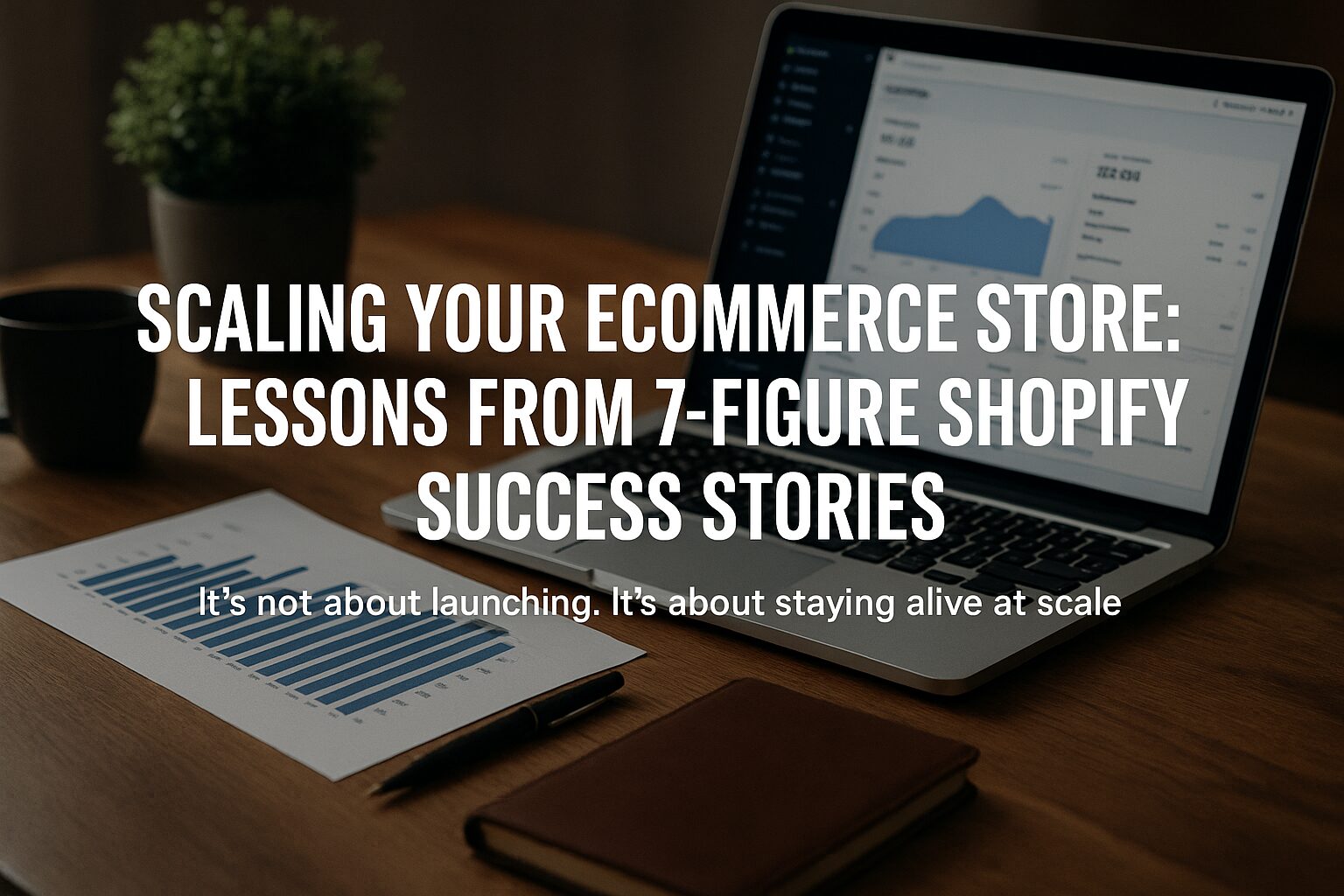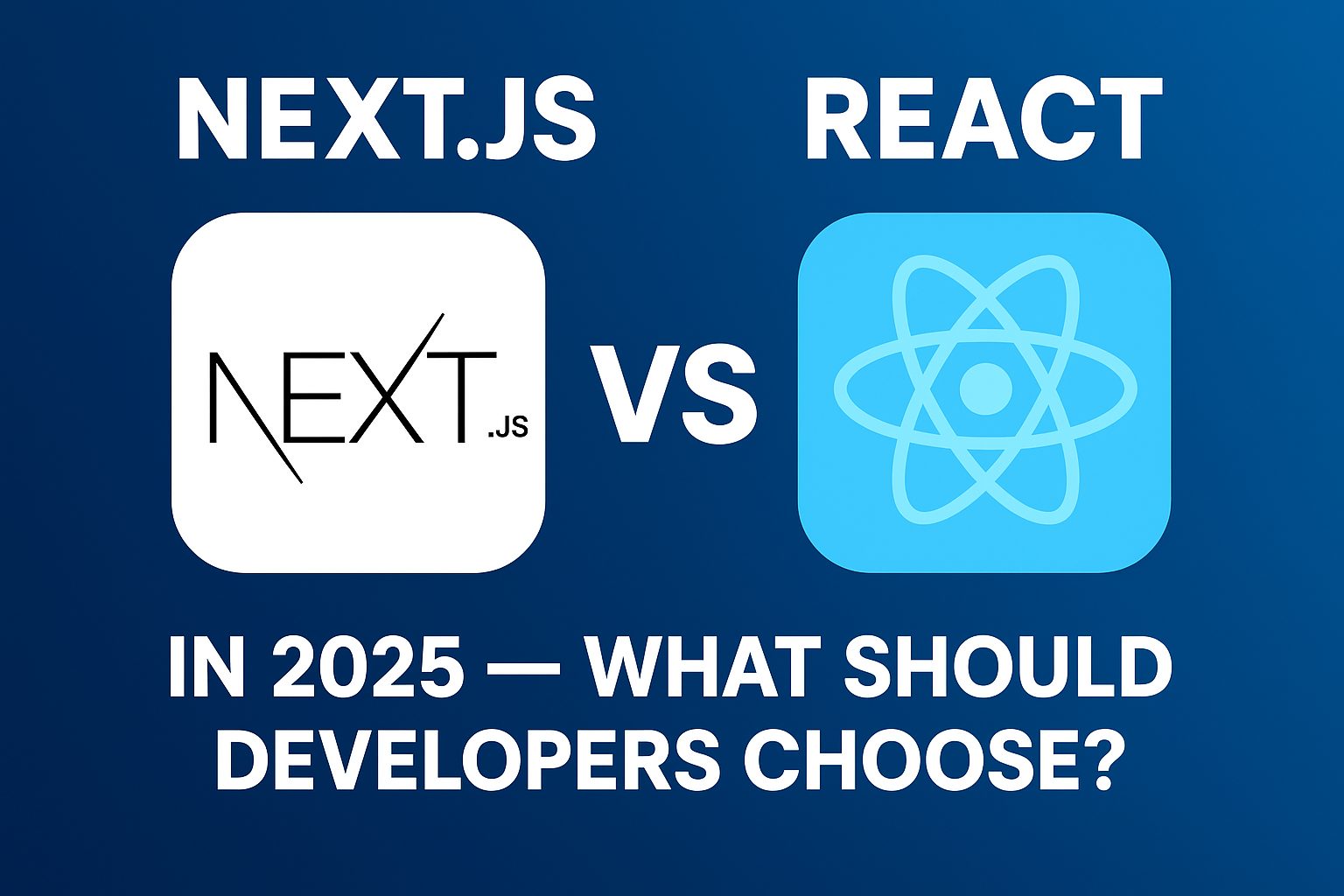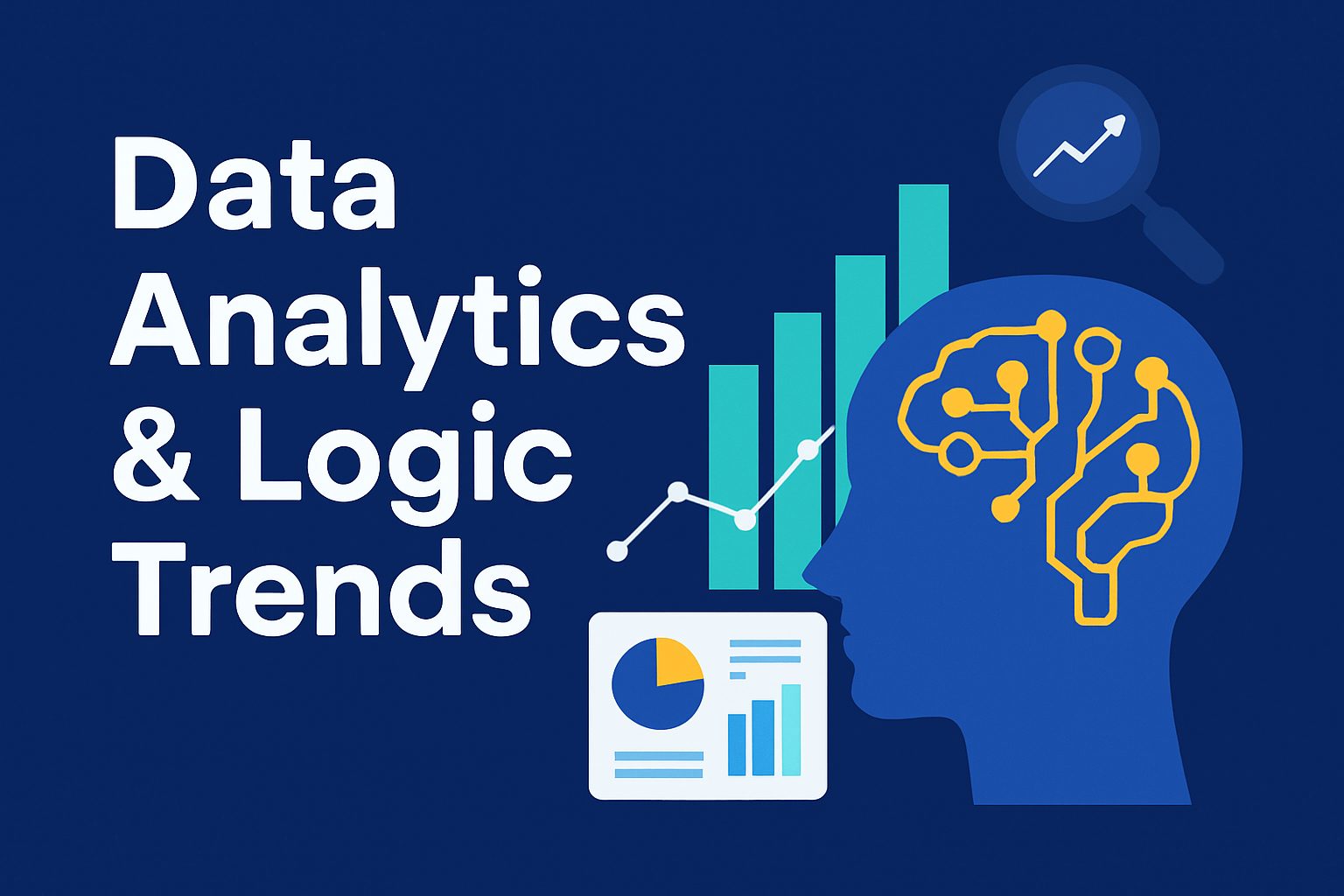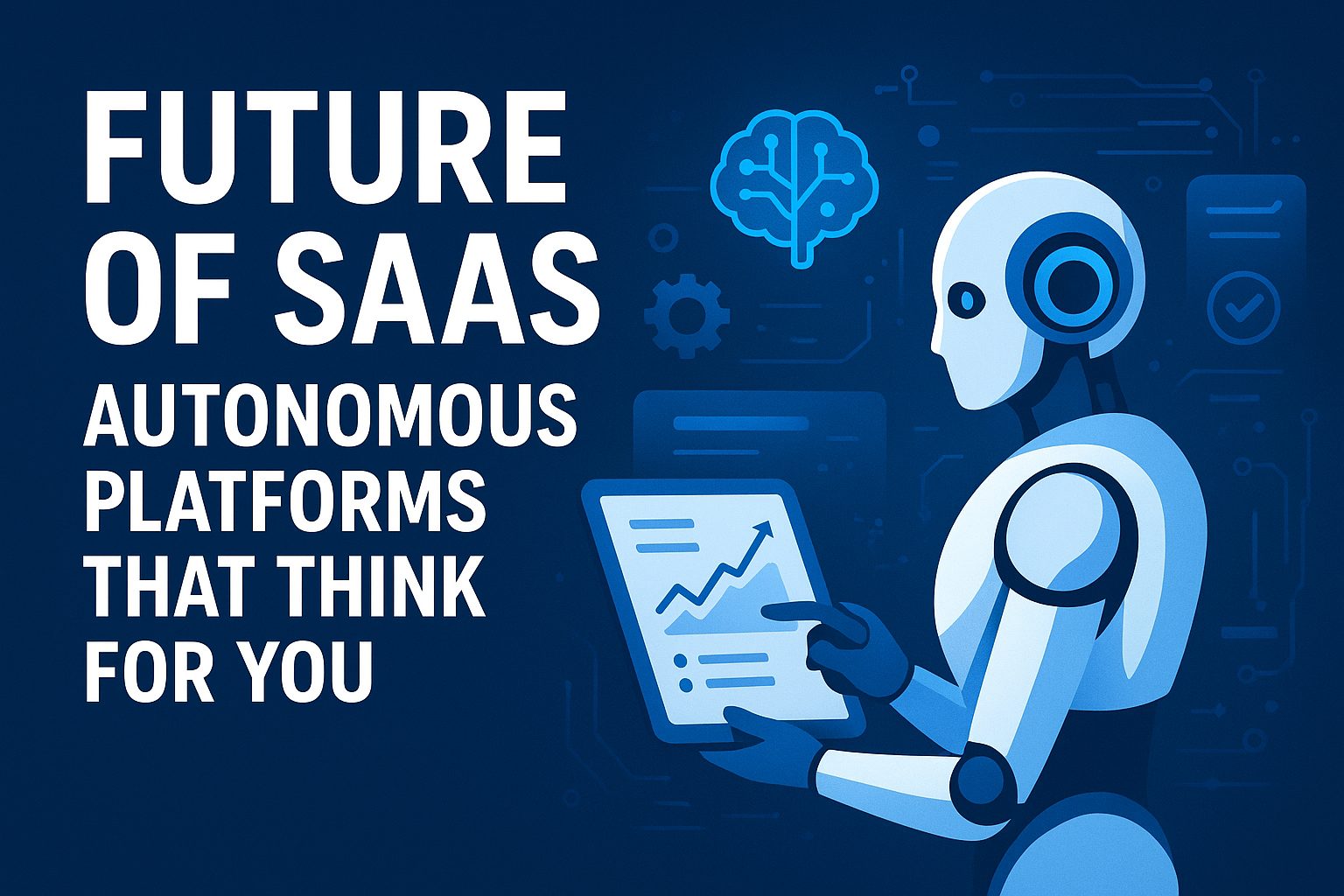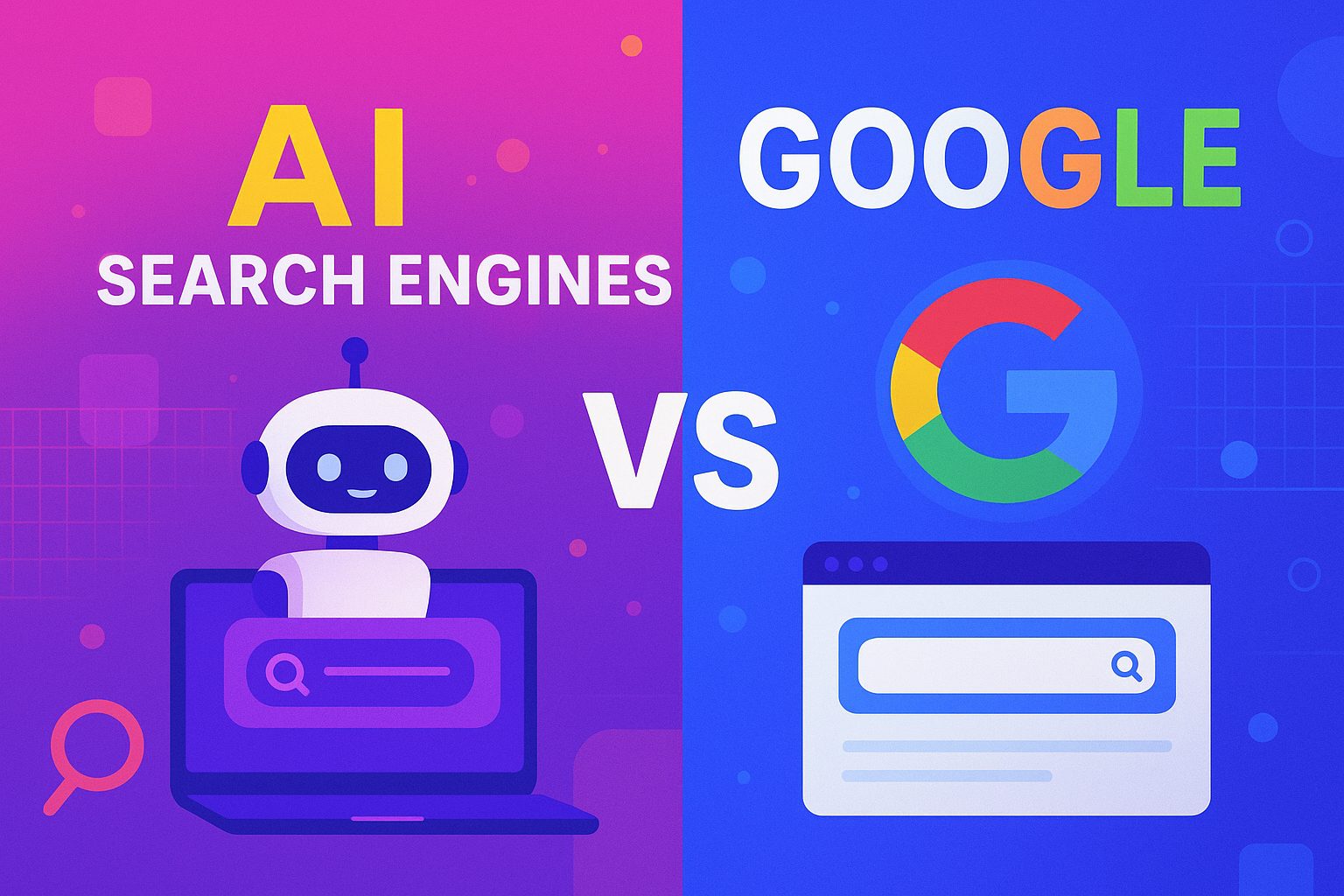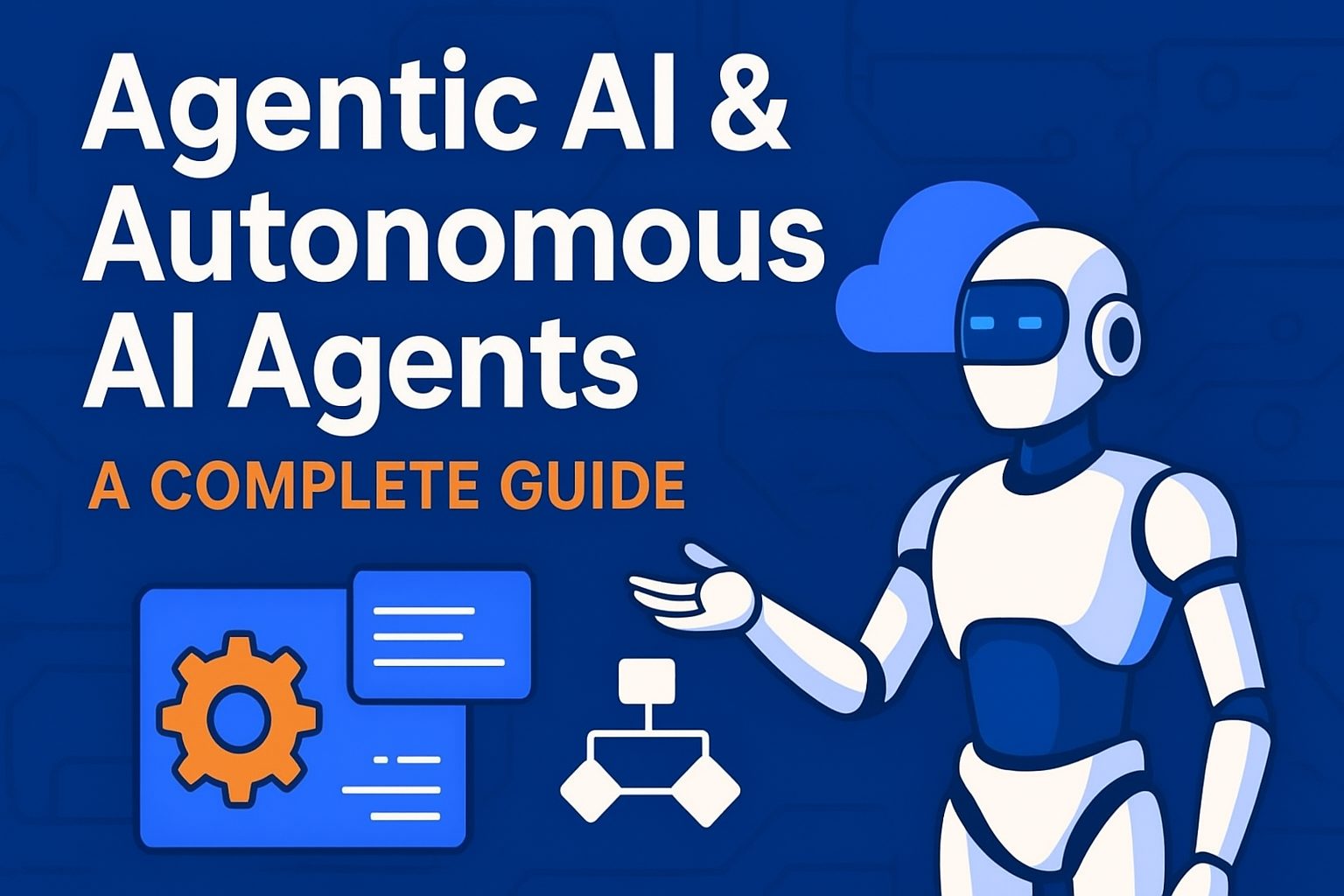It’s not about launching. It’s about staying alive at scale.
In the ecommerce world, launching a store is just the beginning. The real challenge lies in scaling—transforming your early traction into a sustainable, high-growth business. While many stores hit a plateau after the first burst of sales, some break through and scale to seven figures and beyond.
What’s their secret?
This article breaks down real strategies used by successful Shopify stores that scaled from humble beginnings to multi-million-dollar brands. Whether you’re at $10K/month or just starting out, these lessons will help you build smarter and scale faster.
1. Nail Product-Market Fit Before You Scale
Before investing heavily in ads, warehouses, or automation, winning stores focus on one thing: product-market fit.
A great product solves a real problem for a specific audience. The top-performing stores didn’t start with hundreds of SKUs. They often began with one hero product, tested and refined based on feedback.
Example:
Gymshark, now a fitness apparel giant, began with custom workout gear made in a garage. Founder Ben Francis focused on the needs of gym-goers ignored by big brands. That hyper-focus created loyalty and organic growth.
Takeaway:
Validate your product with real customers.
Use early feedback to iterate.
Don’t scale until you’re sure people want what you’re selling.
2. Build a Brand, Not Just a Store
Shopify makes launching a store easy. But selling products without a clear brand? That’s a race to the bottom.
Seven-figure stores invest in branding early. They don’t just sell products—they sell identity, emotion, and community.
Example:
Blenders Eyewear didn’t compete with Ray-Ban on quality. They built a bold, affordable, fun brand for a younger audience who wanted style without the price tag. The result? A $90M+ exit.
Branding Tips:
Create a visual identity (logo, colors, voice).
Know your audience inside out.
Tell a story. People buy narratives, not just features.
3. Master Paid Traffic—but Don’t Depend on It
Facebook Ads, Google Shopping, and TikTok can skyrocket your revenue—but they can also burn your cash if misused. The best stores know how to scale paid media while building alternative acquisition channels.
Example:
ColourPop, a cosmetics brand, used influencers and user-generated content (UGC) to build virality—reducing ad spend while growing brand presence.
Paid Traffic Tips:
Use paid ads to find your best-performing products.
Build email lists and retargeting funnels.
Don’t rely solely on ads—organic growth, SEO, and referrals are key.
4. Leverage Automation Without Losing the Human Touch
Scaling means your time becomes your most limited resource. But automation doesn’t mean removing the human element—it means scaling your best efforts.
Example:
Top brands use tools like Klaviyo or Omnisend to automate emails, but still write every sequence in their brand voice. They automate fulfillment, but include personal thank-you notes in packaging.
Smart Automation Ideas:
Abandoned cart and post-purchase emails
Inventory alerts
Automated reviews and upsells
Customer service bots with live support as backup
5. Use Data to Drive Every Decision
Seven-figure stores are obsessed with data. They don’t guess. They measure, test, iterate, and scale based on performance.
Metrics They Track Religiously:
Customer Acquisition Cost (CAC)
Lifetime Value (LTV)
Conversion Rate (CVR)
Return on Ad Spend (ROAS)
Repeat Purchase Rate
Tip:
Use Google Analytics, Shopify Analytics, and heat mapping tools (like Hotjar) to understand your users deeply.
6. Don’t Scale Alone—Build a Winning Team
You can’t scale to 7-figures doing everything yourself. Eventually, you need to outsource, hire, or partner.
Example:
Beardbrand, which scaled past $10M, credits part of their growth to hiring early for customer support and media production—allowing the founder to focus on vision and strategy.
Team Building Advice:
Hire slow, fire fast
Delegate operational tasks
Outsource to agencies or freelancers (for media buying, content, design)
7. Obsess Over Customer Experience
The fastest-growing Shopify brands turn customers into evangelists. They make buying feel good—before, during, and after the sale.
Example:
Allbirds turned something as ordinary as wool shoes into a premium, eco-conscious experience. Their website, packaging, returns, and customer support all reinforce their values.
Customer Experience Checklist:
Fast, reliable shipping
Friendly return policies
Great post-purchase communication
Beautiful unboxing experience
Final Thoughts: Scaling Is Not a Shortcut—It’s a System
Growing an ecommerce store from $1,000/month to $100,000/month isn’t magic—it’s methodical. The brands that make it big aren’t just lucky. They treat their store like a business, not a side hustle. They know that scaling exposes your weaknesses—and they fix them before they break the system.
So whether you’re launching your first Shopify store or pushing toward your next big milestone, remember:
It’s not about launching. It’s about staying alive at scale.

